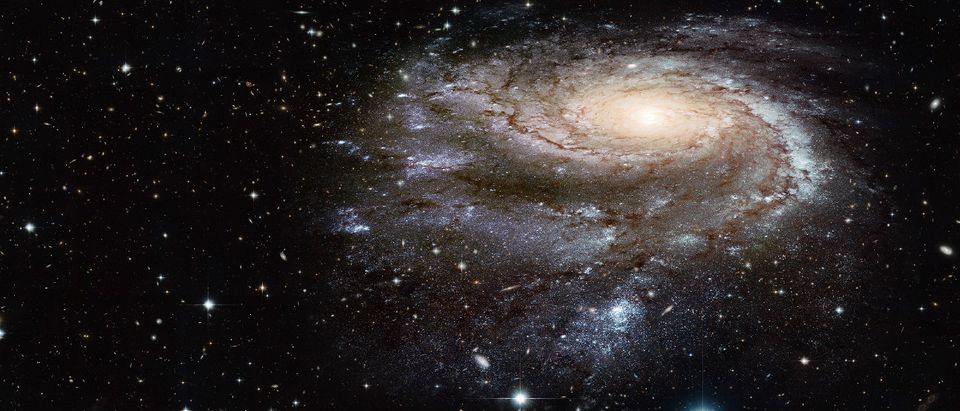Scientists announced Tuesday that they have found complex organic molecules that could serve as the building blocks of life deep in interstellar space.
The molecule, propylene oxide, was found near the center of our Galaxy in an enormous star-forming cloud of dust and gas known as Sagittarius B2 . This molecule is essential for biology and has been found in meteorites on Earth and within the solar system. It had never been detected before in interstellar space and its discovery could mean that organic molecules are more common in the universe than scientists thought.
“Propylene oxide is among the most complex and structurally intricate molecules detected so far in space,” Brandon Carroll, one of the study’s co-authors, wrote in a press statement. “Detecting this molecule opens the door for further experiments determining how and where molecular handedness emerges and why one form may be slightly more abundant than the other.”
The research was published in the peer-reviewed journal Science.
Every living thing on Earth uses a variant of one-handedness to exists. Scientists do not yet understand how all of Earth’s biology came to rely on one handedness and not the other, meaning that the new research could also have important implications for biological research.
The research was undertaken primarily with the National Science Foundation’s Green Bank Telescope in West Virginia, which is the world’s largest steerable telescope. The research also used observations from the Parkes radio telescope in Australia.
The discovery is just the latest in a long run of finding that show that life on Earth may not be as unique as previously believed.
NASA announced in May that the Kepler Space Telescope found and verified 1,284 new exoplanets, or planets outside our solar system. Roughly 550 of the new exoplanets could be rocky planets like Earth based on their size. Nine of these exoplanets orbit in their stars’ “Goldilocks Zones,” the region around a star that has just the right conditions for liquid water to be found on the planet’s surface.
Another group of astronomers published a study in April which estimated that the odds of humanity being the only civilization in the universe are less than one chance in about 10 billion trillion.
Send tips to andrew@
All content created by the Daily Caller News Foundation, an independent and nonpartisan newswire service, is available without charge to any legitimate news publisher that can provide a large audience. All republished articles must include our logo, our reporter’s byline and their DCNF affiliation. For any questions about our guidelines or partnering with us, please contact licensing@dailycallernewsfoundation.org.


